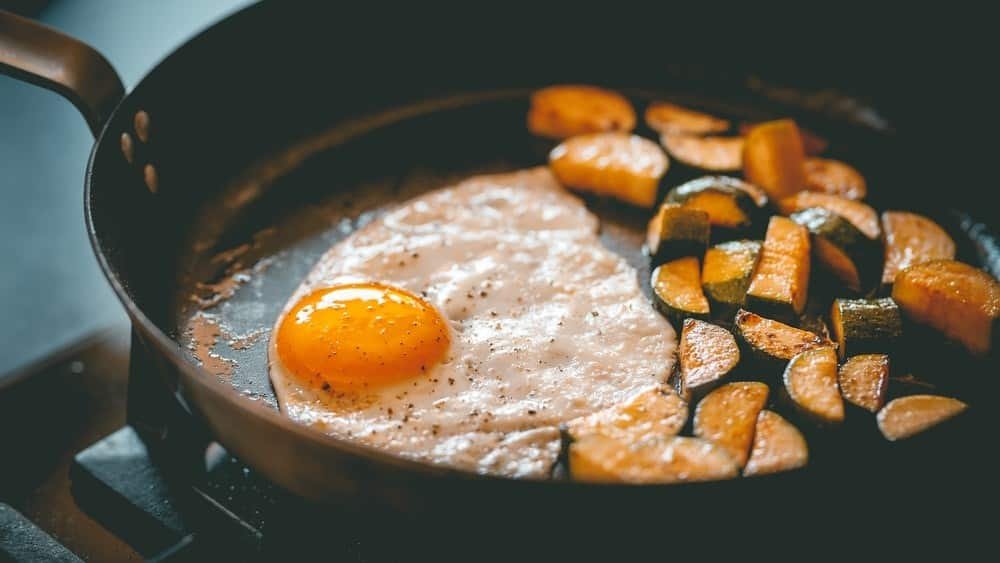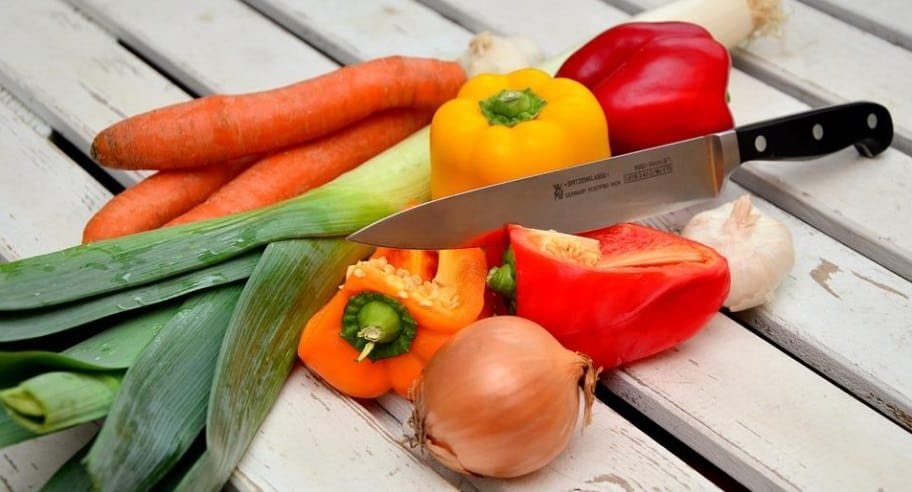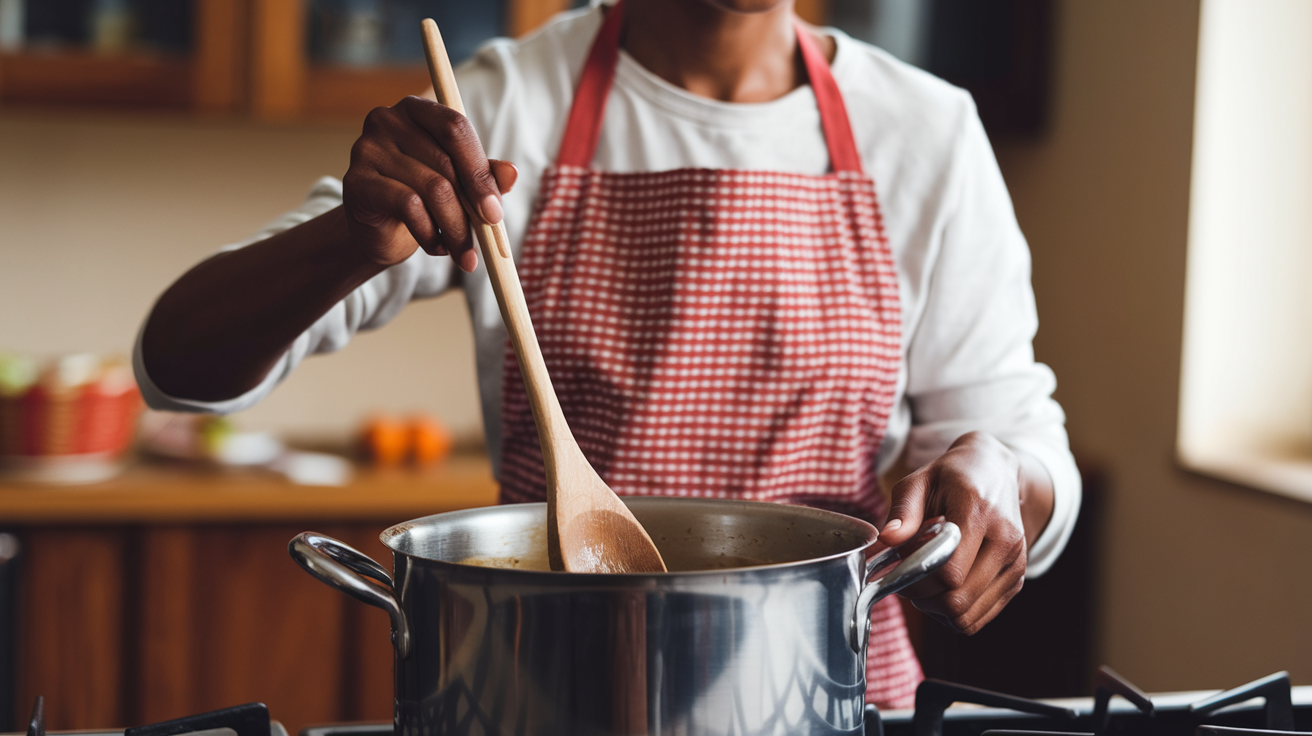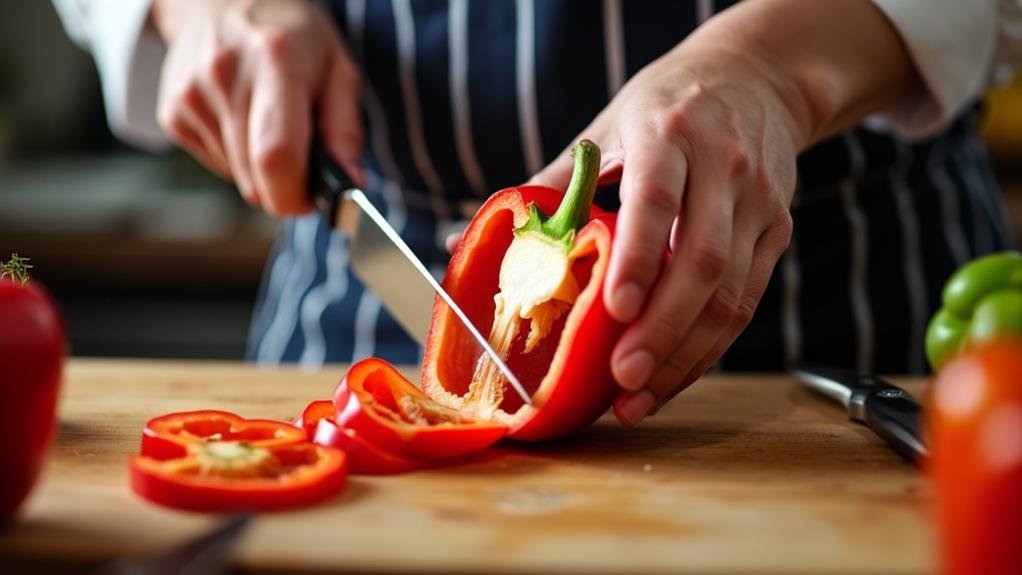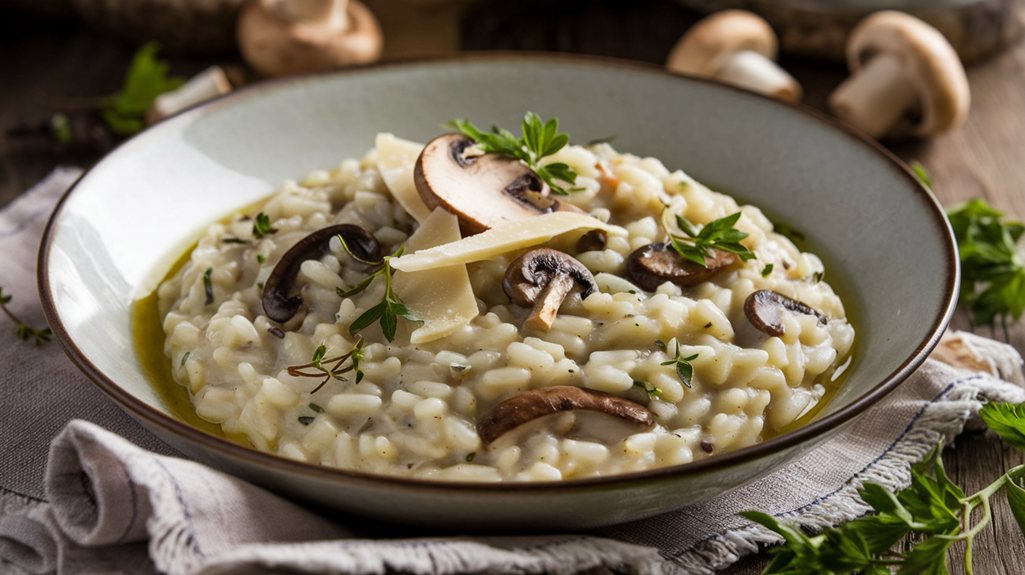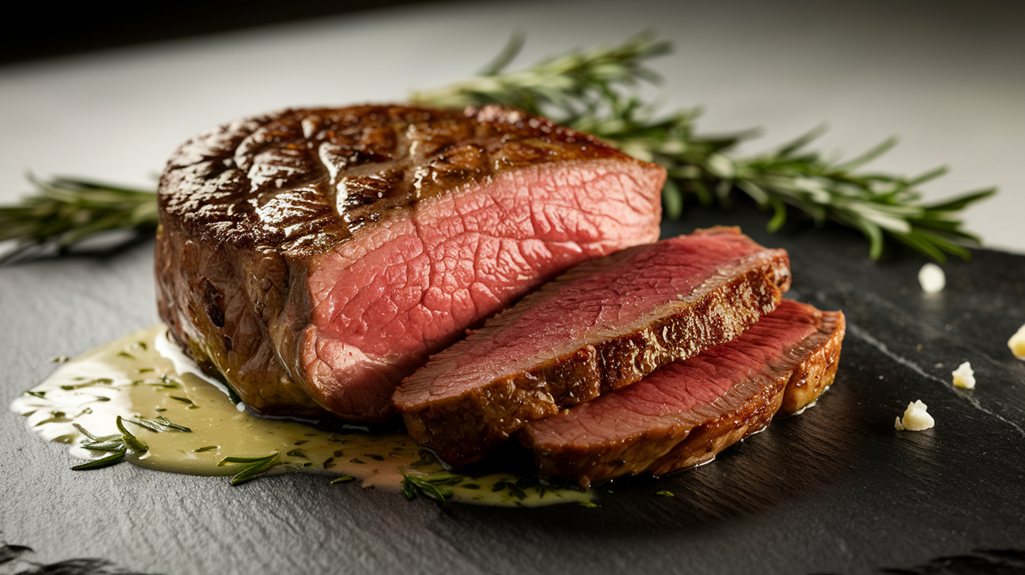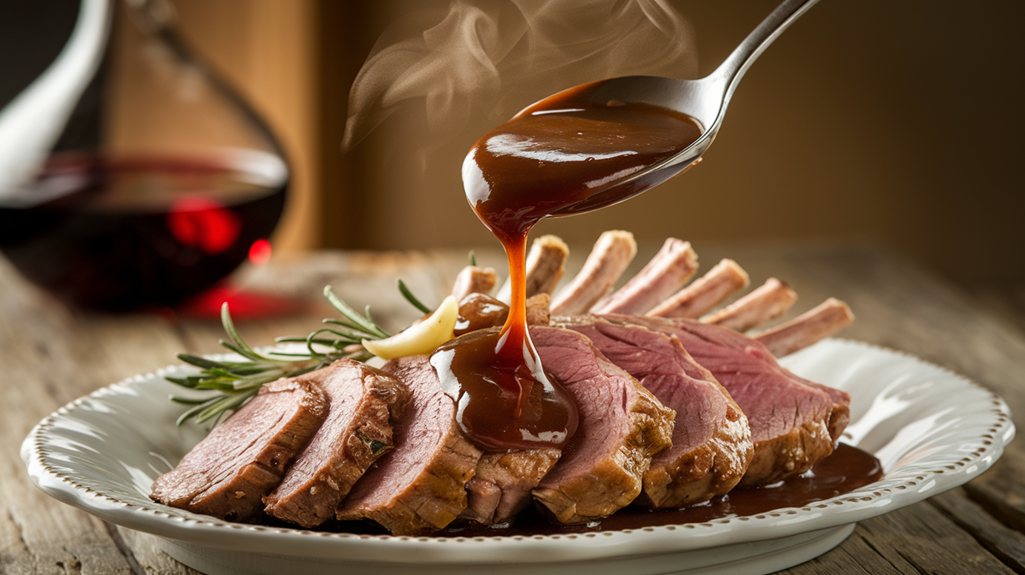This article focuses on essential tips for maintaining nonstick pans and avoiding common mistakes that can damage them. By following these guidelines, you’ll know the ways you’re ruining your nonstick Stainless Steel Cookware, which can ensure the longevity and effectiveness of your nonstick pans.
Compared to other cookware types, such as stainless steel sets or cast-iron cookware, nonstick cooking pots have a much shorter lifespan. The traditional Teflon pans, also known as PTFE-based pans, usually last three to five years, while PTFE-FREE ceramic cookware lasts less than two years.
Although there isn’t much you can do to extend the lifespan of your nonstick stainless steel cookware, there are inevitable mistakes you could be making that make the pots wear down faster.
Below is a look at the top five ways you are ruining your nonstick stainless steel cookware.
Can You Heat a Nonstick Pan with Nothing In It?
Heating an empty nonstick pan with nothing in it will make it too hot, damaging the surface and its nonstick properties. Don’t cook over high heat. Unless the product manual says otherwise, nonstick pans are generally not made to be used over a burner that’s cranked up above medium heat.
What Not to Do With Nonstick Pans: How Not To Ruine?
1. Dishwashing
A dishwasher uses high water temperatures and harsh detergents to clean your utensils. While the duo is influential for dishwasher-safe utensils, it causes a nonstick coating to thin out and deteriorate. If the manufacturer claims their nonstick cookware is dishwasher safe, it is best not to put your nonstick pots and pans in the dishwasher.
I’ve used and recommend both cookware sets, ScanPan CTX Stainless Steel and Viking Culinary Hard-Anodized Nonstick; Visit the ScanPan or Viking Brand; they are well-made pans with a solid, heavy bottom, heat fast, and finish the job.
Instead, hand washes your nonstick pots and pans to extend their lifespan. Always allow your cookware to cool completely before cleaning it. Putting a hot pan in cold water can damage the nonstick surface.
Once it has cooled off, rinse the cooking surface with lukewarm water (do not use hot water) to remove loose food particles and oil. Then, apply some mild dishwashing liquid to a soft sponge and use it to scrub and clean the pan gently. Rinse the pan, dry it with a clean and soft cloth, and store it appropriately.
If your pan has built-up grime, do not attempt to scrape it off using an abrasive scrubber. Instead, make a baking soda paste and apply a generous amount to the burnt Food or built-up residue.
Allow the baking soda paste to soak off the dirt, then scrub gently using a non-abrasive scrubber. Proceed to clean your nonstick cookware using the process described above.
2. Using Your Nonstick Cookware to Store Food
You should never leave Food in your nonstick pan for extended periods, whether in the open air or the refrigerator. Several ways Storing Food in your nonstick pan could damage it.
For example, if the Food is oily, a thin layer of oil could accumulate on top of the nonstick coating over time. The layer becomes hard to clean and may burn when cooking, damaging the coating.
Similarly, if the Food is acidic or has corrosive chemicals and additives, they may wear off the nonstick coating. Leaving Food in the nonstick pan for too long may cause the nonstick coating to sip, making it unsafe for consumption.
Besides, storing your Food in nonstick cookware in the refrigerator may cause it to go wrong. Even if you cover the pot with a lid, it does not offer an airtight seal, making the Food susceptible to bacteria.
Therefore, it is best not to leave Food in your nonstick cookware overnight. Transfer the leftover Food to an airtight container and store it in the fridge. You can then use the cookware as we directed.
3. Stacking Your Nonstick Stainless Steel Cookware During Storage
Directly stacking your nonstick pans and lids together in a cupboard can cause scratches and chips on the nonstick coating, causing damage. It would be best not to place other pans or cookware sets directly onto your nonstick pans.
The best way to store your nonstick cookware is to hang each piece individually on a pot rack or wall-mounted pegboards. Or, you could place them in separate drawers. However, if you must stack them due to limited storage space, put a paper towel or dish towel between them to prevent direct contact.
4. High-Heat Cooking
Nonstick cookware is not designed for high-heat cooking. The recommended maximum operating temperature is 500 degrees Fahrenheit. Beyond this temperature, the nonstick coating overheats and breaks down. This damages the pan and may produce toxic fumes that, when inhaled, can cause polymer fever.
Further, the coating can develop cracks or start flaking, and if you proceed to cook with the overheated pan, the flaked coating mixes up with the Food contaminating it.
Nonstick cookware can be used at higher temperatures to boil liquids. It can also cook at high temperatures if the cooking surface is not entirely covered with oil or completely dry.
You can take several measures to prevent your nonstick cookware from overheating. First, do not leave an empty nonstick pan or pot on the stove for prolonged periods. If a recipe requires you to preheat the pan, season it by applying a tablespoon of Cooking oil on the cooking surface using a silicone brush or a paper towel.
Since stainless steel is conductive, you only need 20 to 30 seconds to preheat the pan. Tefal models of nonstick cookware have heat indicators that show when the pan is adequately heated.
Secondly, cook on low, medium-low, medium, or medium-high settings but never on high. If searing meat, crank up the heat to medium-high. If shallow frying, use medium heat. To caramelize onions or sweat carrots, cook at medium-low heat.
Thirdly, do not leave the pot unattended if simmering, as the remaining liquid may dry up, causing the Food to burn.
If your recipe calls for high heat settings, use other types of cookware that are made to withstand high temperatures, like cast iron skillets, carbon steel skillets, and ceramic skillets.
5. Using a Metal Utensil on Your Nonstick Cookware
This is one of the most common causes of damage to nonstick cookware. Even though some claim that nonstick cookware can withstand occasional scratches from a metal utensil, do not use them on your nonstick pots and pans.
A metal utensil can scratch off the coating, diminishing efficiency. Instead, use soft and sturdy utensils like those made with silicone, nylon, and wood.

Aside from using metal cooking utensils, do not use a knife to cut ingredients directly in the pan. Cut the ingredients on a cutting board and transfer them to your cookware. Also, do not use a pizza cutter on your nonstick stainless steel pan.
Wooden cooking utensils have rounded edges to ensure no sharp corners could scratch the nonstick coating of stainless steel cookware sets. Good quality ones are sturdy enough to last you a lifetime.
Silicone cooking utensils are preferred by chefs over wooden cooking utensils for stainless steel pans as they are softer and dishwasher-safe. They are also suitable for use at a high temperatures. However, silicone’s flexible nature means it does not provide adequate stability for turning heavier foods, such as significant cuts of meat.
Nylon would be a suitable option as it is dishwasher-safe and soft. It offers better sturdiness. However, nylon is also more prone to melt when exposed to extremely high temperatures or placed near an open flame.
Conclusion
Nonstick stainless steel cookware offers excellent efficiency when cooking. However, the nonstick coating is highly prone to damage, inhibiting its efficiency. Beware of the 5 ways you could damage your nonstick pans, and avoid making these mistakes.
The critical thing to remember is that nonstick coating gets damaged by a high temperature and can be easily scratched off. Therefore, do not use this cookware in high heat settings or leave an empty pan on the stove for more than 30 seconds. Also, do not wash your nonstick cookware in the dishwasher.
Avoid using abrasive cleaning materials, directly stack them up during storage, or use metallic utensils to prevent scratching. Always check the manufacturer’s guidelines for cleaning, caring for, and maintaining your specific model and make of nonstick stainless steel cookware.
